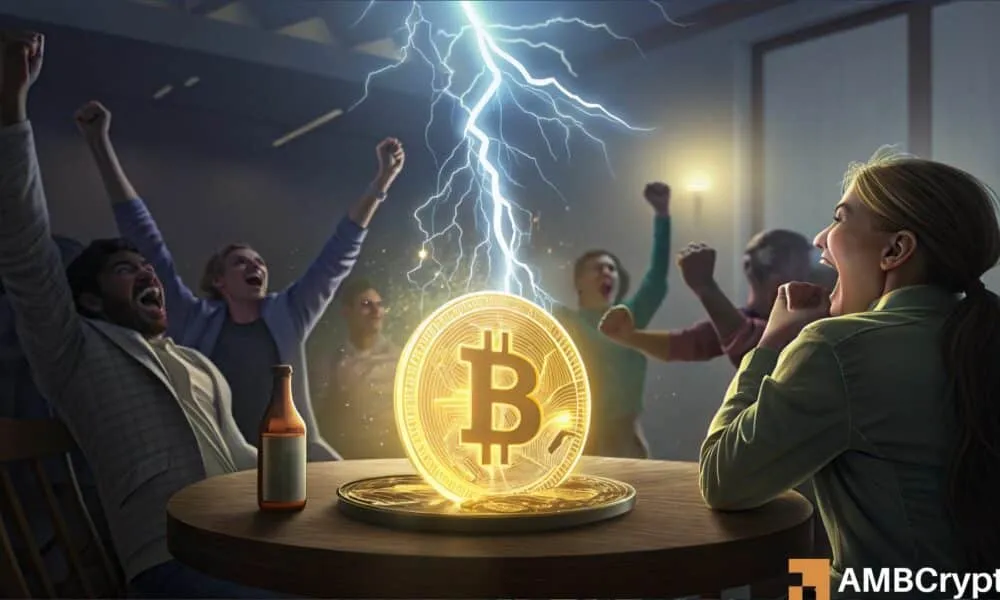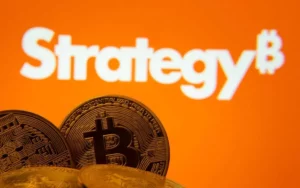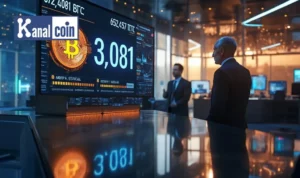
How Binance’s Lightning Network Integration Has Affected Bitcoin Fees
In July 2023, the world’s largest cryptocurrency exchange, Binance, finally plugged into the Lightning Network. The move was touted as a solution to Bitcoin’s fee crisis, which had seen on-chain costs skyrocket due to the Ordinals craze. With its massive user base of over 270 million, the promise was simple – provide users with a faster and cheaper way to move their BTC. However, looking back, it appears that this shift didn’t create the tidal wave many expected.
Instead, it triggered a slow rewiring of Bitcoin’s entire fee structure. The idea was to reroute the torrent of small, frequent transactions from Binance users away from Bitcoin’s crowded mainnet and onto Lightning’s off-chain channels. This response came in May 2023, when the exchange had to repeatedly pause BTC withdrawals due to gridlock.
However, it appears that this move has had a limited impact on Bitcoin fees. On the day of the integration, average transaction fees were around $1.75. The fee market barely budged, dipping only to approximately $1.23 over the next couple of days before bouncing back up to $2.85 by July 24.
It appears that the wider market’s mood still dictates the price of block space more than any single company’s actions. Bitcoin’s mempool – a digital waiting room for transactions – never witnessed a sustained clear-out, which could be attributed to Binance’s Lightning integration. This implies that the move wasn’t an instant fix but rather the start of a much slower, more gradual change.
In theory, by siphoning off this massive volume of low-value transactions, Bitcoin would have seen a buyer’s market emerge for block space, thus pulling down what it costs to confirm a transaction. However, Lightning Network isn’t entirely separate from Bitcoin. You still need an on-chain transaction to open a payment channel and another one to close it.
As such, if millions of Binance users rush to connect and disconnect channels, the fee market might replace its current issues with new kinds of volatility. Critics are rightly concerned that this will create a system where everyone connects to a few massive hubs run by Binance and other big exchanges. This kind of setup, with concentrated liquidity and routing power, threatens the very idea of decentralized networking by creating obvious choke points and single points of failure.
What’s clear is that Binance’s move has accelerated Bitcoin’s evolution into a two-tiered system. Lightning Network solidifies its place as the network for instant, affordable payments, while Bitcoin is being reinforced as the final settlement layer for transactions that are too large or too important to fail.
In conclusion, the fee problem is far from solved; it just entered a new, significantly more complex chapter.
Source: eng.ambcrypto.com


